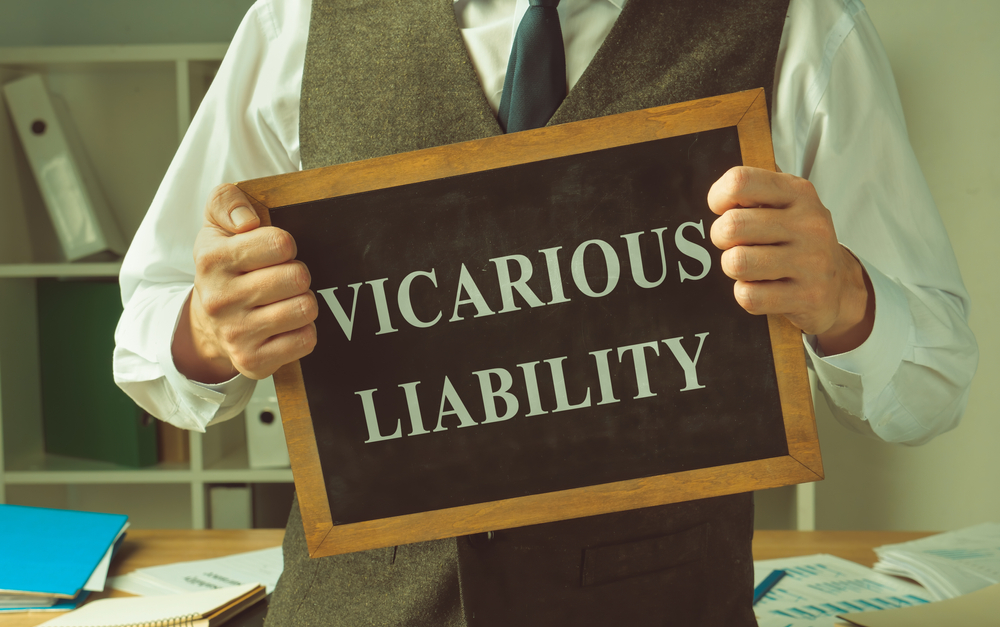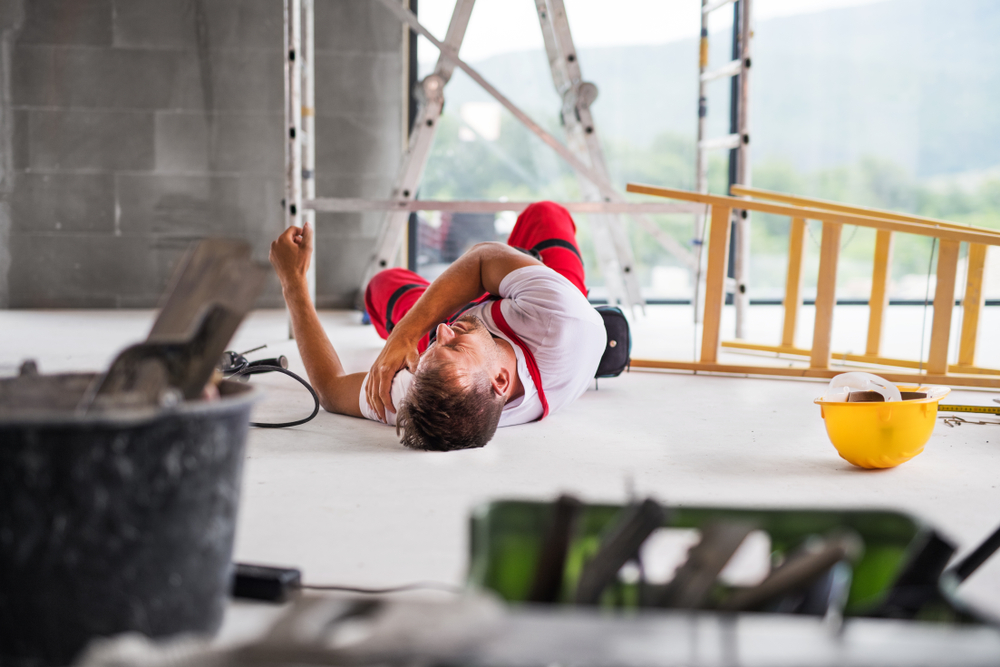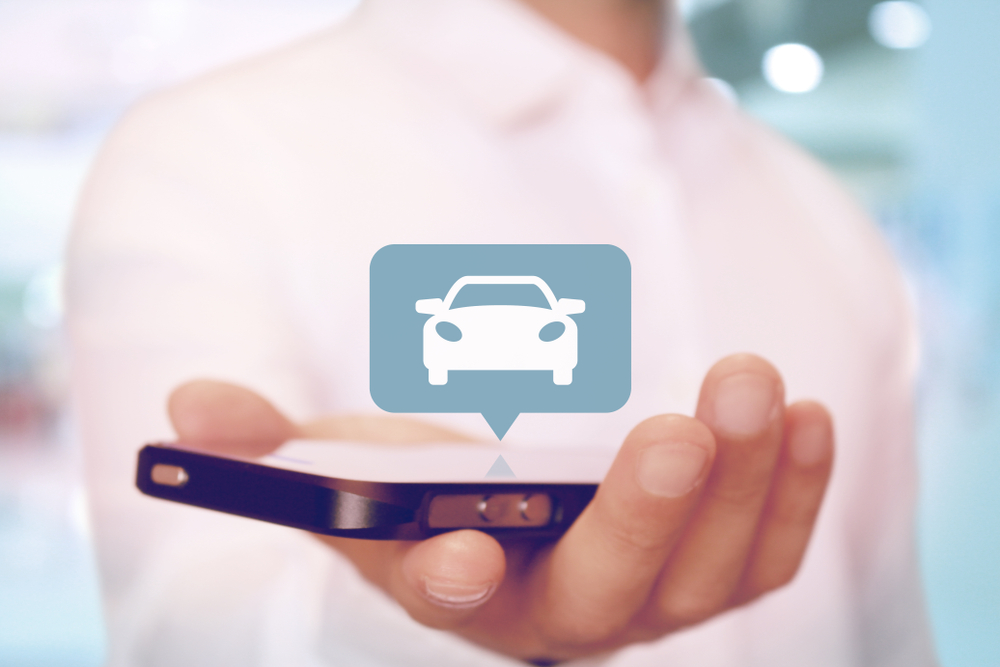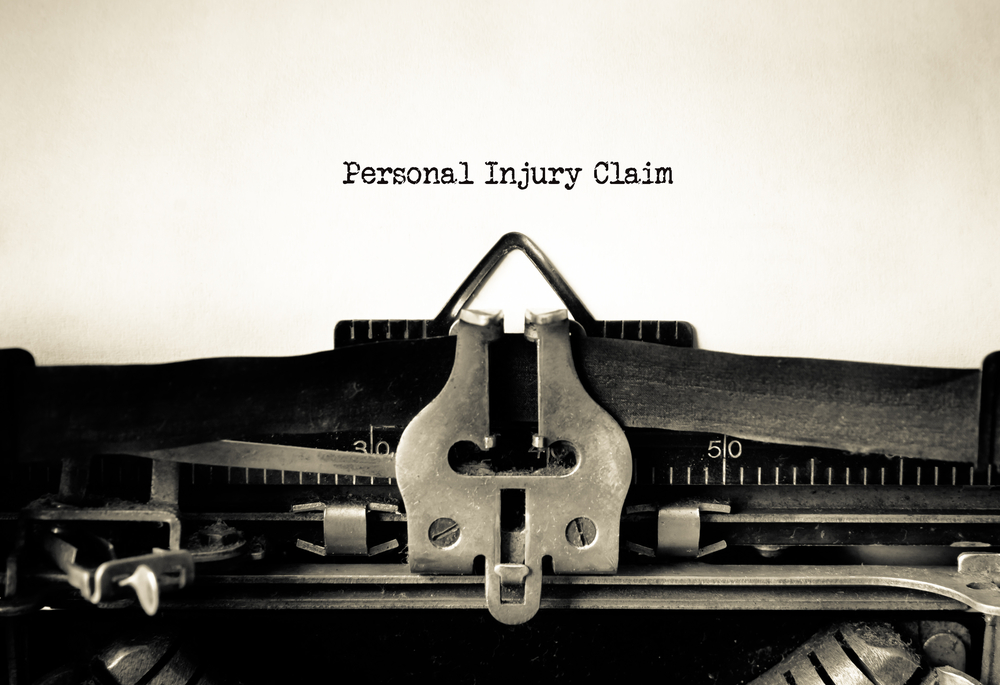In most cases, we are only legally responsible for our own actions. But under vicarious liability, some parties can be held responsible for an injury they did not cause directly. In California, vicarious liability can play a role in some personal injury claims. If you have questions about vicarious liability after reading this article, our Glendale personal injury attorneys at Ourfalian & Ourfalian can help you.
What Is Vicarious Liability Under California Law?
Under California law, vicarious liability refers to holding someone responsible for the negligent actions of another person or entity. Vicarious liability in California may apply in the following relationships:
Employer And Employee
The employer may be liable for their employee’s negligent actions, referred to in California as the respondeat superior law. In addition, the employer may be held liable when the employee’s actions that caused the injury happened when the worker was operating within the scope of his employment. This means that the worker must have been engaged in an activity that was reasonably expected by the company, regardless of whether the actions were a routine part of the worker’s job.
For example, suppose you are hit at a red light by a flower delivery driver. The driver was making a delivery in Glendale at Glendale Galleria or the Museum of Neon Art. If the employee was acting within the scope of his employment when the crash occurred, his employer could be held vicariously liable for his negligent actions.
This could be important because businesses usually carry commercial insurance policies with higher coverage limits. For example, if you have been seriously hurt in an accident and require surgery and months of rehabilitation, you could need more compensation to get your life back on track.
However, if the flower delivery driver was on his lunch break and hit you, his employer may not be liable for the driver’s actions, depending on the circumstances. If you are in a similar situation, a Glendale personal injury attorney should review the case promptly.
Principal And Agent
The principal can be held vicariously liable for the negligent actions of partners, agents, joint venture members, and sometimes, independent contractors. The principal could be a person or a company. Liability would belong to the principal for actions that were within the scope of the partner’s or agent’s duties and ability to act for the principal.
Parent And Child
In some personal injury cases, the laws of California hold parents liable for the negligent actions of their children. The parent could be held vicariously liable for a child’s actions in these situations:
- The child was engaged in willful misconduct.
- The child drove the parent’s car and injured someone because of their negligent actions.
- The parent allowed their child to use a gun, and they injured someone.
When Is An Employee On The Clock?
Most California accidents involving the legal concept of vicarious liability involve employer and employee relationships. As noted above, employers are not responsible for an employee’s negligent actions when they are not on the clock. However, when an accident involves an employee injuring someone, you can expect intense debates about whether the person was on or off the clock when the accident occurred.
Many legal disputes arise when a worker drives to or from the office, to or from a social gathering, or blends a personal errand with their work-related duties. To resolve these matters, California courts have devised rules governing these cases:
Work Commutes
California has a ‘coming and going rule’ that states that workers are not working when they are driving to and from their jobs. However, there is an exception if the company compensates the employee for their commute time or asks them to perform a work-related task when they are going to or from the office.
Further, the employee is deemed ‘on the clock’ if the company requires them to drive to and from the office so the car can be used for the company’s business. For instance, if the at-fault driver’s employer requires him to drive his personal vehicle to work so it can be used to make sales calls, the driver is ‘on the clock’ when going to and from work. If he hits you in a car accident in this scenario, his employer will be vicariously liable for your injuries.
Social Gatherings
Is an employee on the clock when going to a company-sponsored gathering, such as a holiday party? It depends. Was the employee’s attendance required or voluntary? Also, did the company benefit from the worker being present? A social gathering can sometimes cause the employer to be vicariously liable for an employee’s actions.
Suppose an intoxicated worker hits your car after a work party he attended. The party included both clients and employees. He was not required to go but attendance was encouraged. If you were hurt, will his employer be liable? It depends in the situation, but the answer could be yes. The gathering involved clients, so the company probably benefited from the employee attending.
Also, while attendance was not required, the employee may have thought his career could be negatively affected if you did not attend. Also, if the employee drank at the work party, the employer also could be liable because alcohol was provided.
Independent Contractors
Vicarious liability does not usually apply to independent contractors. This is because the company that hired the contractor does not directly control the contractor’s work. The independent contractor offers the tools, materials, and workers required and oversees the work. So, the contractor and not the hiring organization would be liable.
However, there are cases when a business could be liable for their contractors’ negligent actions, such as if the business hired an unqualified contractor who injured someone. Or, the work that the contractor did was inherently dangerous, so the business could be held liable if the contractor injured someone in the course of the hazardous work.
Contact Our Glendale Personal Injury Attorneys
If you were injured in an accident caused by someone else, they may be liable for your injuries and other damages. But their employer could be vicariously liable if they were working when the accident happened. Talk to our Glendale personal injury attorneys at Ourfalian & Ourfalian today at (818) 550-7777. We can identify every possible party responsible for your injuries and hold them accountable.





